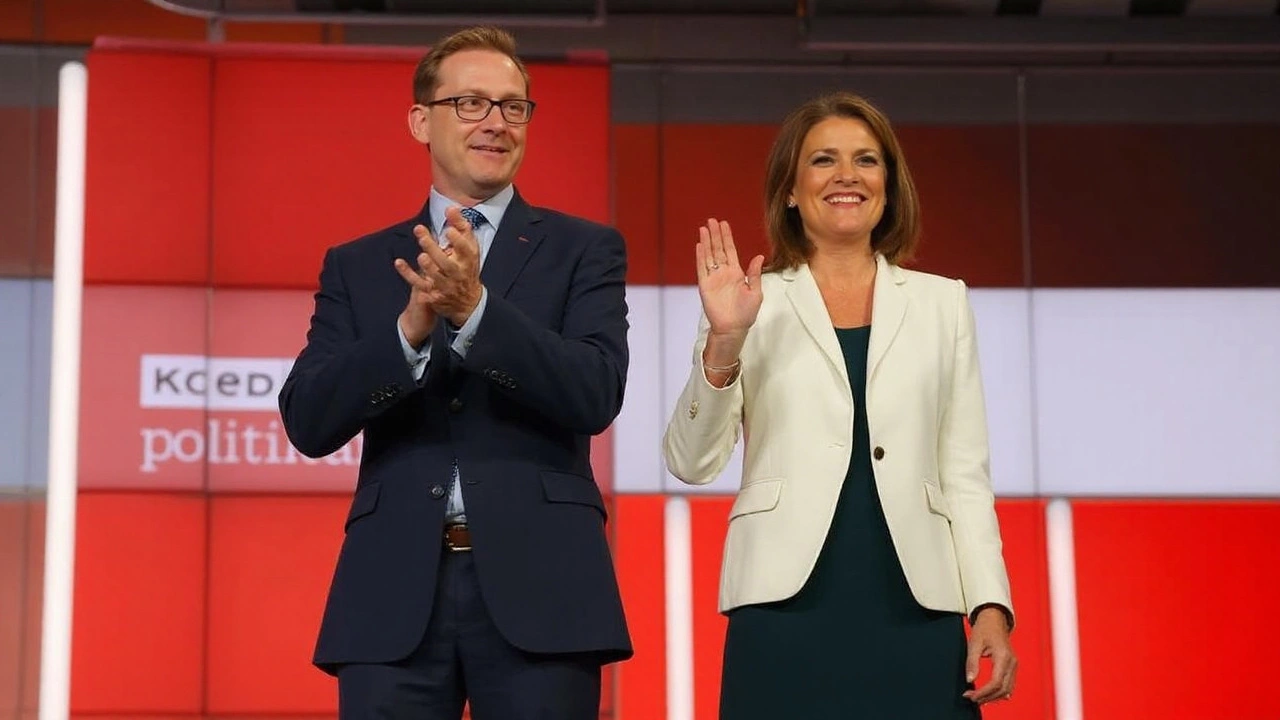What happened, why it matters, and who’s holding what now
Angela Rayner has resigned as deputy prime minister after an investigation found she breached the UK ministerial code by underpaying stamp duty on a flat in Hove. The resignation, announced on 5 September 2025, immediately set off two separate tremors: a government shuffle and a party race. In the reshuffle, David Lammy has stepped in as deputy prime minister. The government side is settled for now; the party side isn’t.
The deputy leader of the Labour Party is not the same as the deputy prime minister. One is a party role elected by members and affiliated supporters; the other is a government post appointed by the prime minister. Rayner held both. With her out of government, Lammy takes the deputy PM brief. Inside Labour, though, the deputy leader position is now vacant, and that triggers a contest under party rules.
Why this matters goes beyond titles. The deputy leader is the bridge between the party machine, its members, unions, and the leadership. In government, the deputy PM helps steer cabinet business, stands in at key moments, and can chair committees. In the party, the deputy leader shapes campaign discipline, message discipline, and grassroots energy—all the unglamorous stuff that decides local elections and, down the line, general elections.
The ministerial code point is straightforward. The code expects ministers to obey the law and maintain standards that avoid conflicts of interest. Recent years have seen several high-profile departures linked to code breaches or related findings—resignations over bullying allegations, security lapses, or rule breaches have become familiar. Stamp duty errors sit in the same integrity lane: not always career-ending alone, but serious enough to force a reckoning when confirmed by an investigation. That reckoning arrived, and Rayner chose to go.
Politically, the switch to Lammy as deputy PM suggests the prime minister wanted speed and stability. It keeps the cabinet hierarchy clear and avoids a drawn-out vacuum. Any additional reshuffling of portfolios will be watched for signals on where power sits and which priorities rise to the top—domestic policy, foreign affairs, or the day-to-day grind of delivery.

How Labour’s deputy leader contest works—and the likely field
Labour’s National Executive Committee (NEC) will set the timetable. Expect a tight sequence: nominations from MPs, a round of affiliate and constituency endorsements, hustings, then a ballot of members and affiliated supporters. In 2020, candidates for deputy leader needed backing from at least 10% of Labour MPs and MEPs, plus support either from a slice of constituency parties or from affiliated groups including trade unions. The exact thresholds can be tweaked by the NEC, but that’s the template.
Who votes? One member, one vote. Full members get a ballot. Affiliated supporters who opt in through their unions or socialist societies can vote. Registered supporters may also take part if the NEC opens that route, usually for a small fee and within a tight window. It’s a big electorate that blends grassroots activism with organised labour.
What happens next in practical terms:
- NEC meets within days to agree the rules and timetable.
- MP nominations open—expect a scramble on phones and in corridors.
- Candidates secure affiliates or local party endorsements to reach the ballot.
- Hustings roll out across regions; unions and members test messages hard.
- Ballot opens for several weeks; result announced at the end of the window or at a special event if timing fits.
What does the deputy leader actually do? Inside the party, they help keep campaigning sharp, handle internal communication with members and unions, and often take a big role in local elections. In government, the deputy PM piece depends on what the prime minister assigns—standing in at key sessions, coordinating cabinet committees, and acting as a political firefighter when needed.
So who are the “runners and riders”? No official lists yet, but the contours are already visible. Expect three broad types:
- The organiser: a seasoned campaigner with union relationships and a talent for ground-game logistics. This candidate promises to deliver council wins and keep activists motivated.
- The bridge-builder: an MP trusted by multiple wings of the party, comfortable with members and the leadership. Sells unity, message discipline, and calm under pressure.
- The insurgent: a sharper ideological pitch, using the contest to pull the party’s centre of gravity. Offers a clear dividing line on policy, bets on energising the base.
Electability inside Labour turns on three levers. First, the MPs’ gate: can a candidate clear the nomination threshold? Second, the union factor: endorsements matter, resources matter even more. Third, the member mood: after a general election, members often want competence and cohesion as much as inspiration.
Regional identity and class voice will feature too. The party will weigh whether its deputy leader should be a northern voice, a Midlands voice, a London operator with government experience, or a union-backed figure with roots in manual or public-sector work. That’s not just symbolism. Who fronts the air war and who owns the field game changes how policies land outside Westminster.
Timing will shape the race. If the NEC runs an accelerated schedule, name recognition and existing organising networks become decisive. A longer race favours policy-heavy campaigns and patient coalition-building across constituency parties and affiliates.
The policy bandwidth in the debate will likely be narrow on paper—nobody wants a public brawl—but watch for differences on devolution and levelling up, housing and planning reform, workers’ rights legislation, and party democracy. Each gives candidates a way to define their political character without punching the leadership in the nose.
Finally, the government-party split matters. With David Lammy now deputy PM, the new deputy leader won’t automatically hold that government title. The prime minister can keep those roles separate. That means the deputy leader race is about who manages the party’s engine room while the government machine runs its own course. The two will need to work in sync, even if they don’t share the same office or brief.
In short, the government has filled the gap at the top table, and the party is about to fill its own. The contest will be fast, noisy, and revealing. Watch the NEC timetable, the first wave of MP nominations, and where the unions line up. That’s your early scoreboard.
